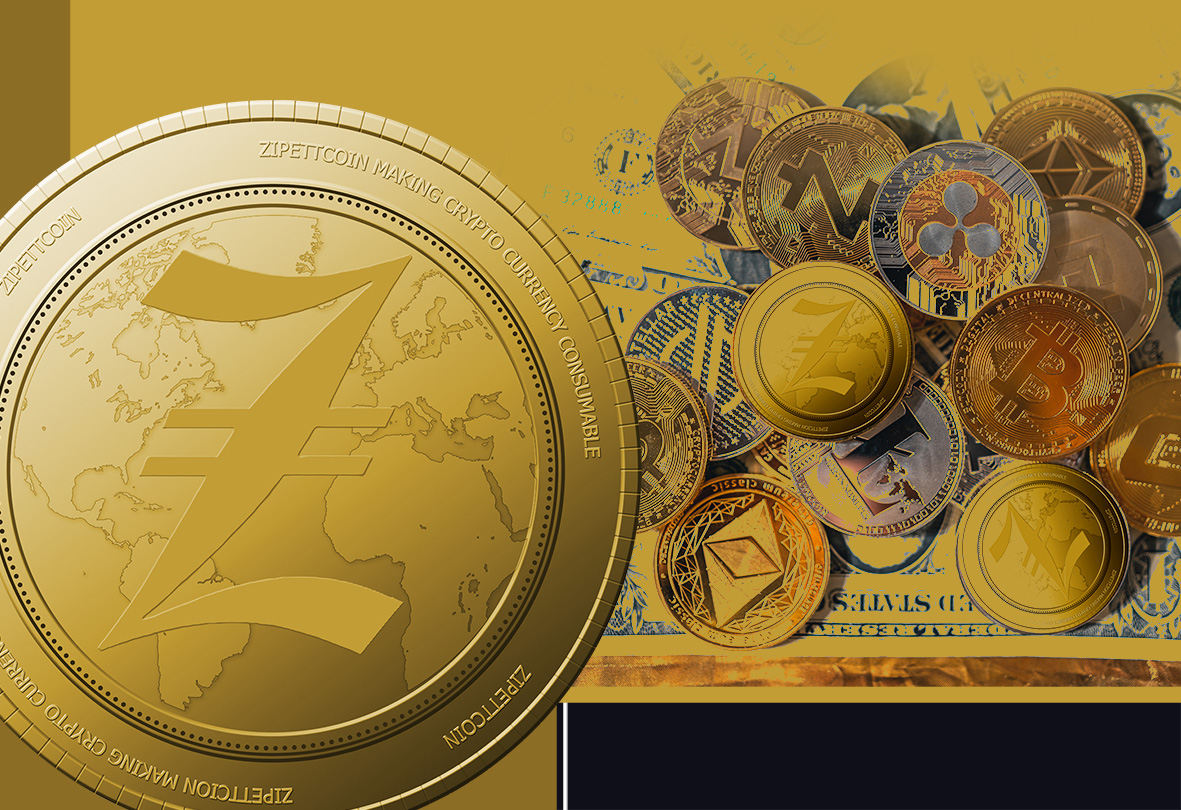$PEPE le Pew - Should I Invest in Dog(e)s and Frogs or Bricks and Mortar?

The world of cryptocurrency is full of potential, but it's also full of risks. Investing in cryptocurrencies can be a rollercoaster ride, and it's important to understand the pros and cons of different investment strategies. In the last three weeks, the crypto scene has witnessed the explosive and envious growth in value of a new token known as $PEPE (PepeCoin), which at time of writing has recorded a staggering 5,000,000% increase in price. In a classic example of the topsy-turvy Wild West mentality of the crypto space, Binance even listed $PEPE in its so-called 'Innovation Zone' while simultaneously warning that the token 'has no utility and it is created by an anonymous team'.
So there is no gain without risk, and many industry experts are sounding alarm bells. In this blog post, we will compare the advantages and disadvantages of investing in cryptocurrency via memecoins/sh*tcoins versus using a diversified investment strategy focused on a range of different assets.
Searching for the next 100X moonshot
First, let's define memecoins and sh*tcoins. Memecoins are cryptocurrencies that are based on popular internet memes, while sh*tcoins are cryptocurrencies that have no real value or use case. These cryptocurrencies are often more speculative and can be very volatile. One example of a memecoin is Dogecoin, which gained a lot of attention in 2021 due to its association with memes and social media.
One of the advantages of investing in memecoins/sh*tcoins is the potential for high returns. These cryptocurrencies can experience significant price fluctuations in a short period, leading to quick gains for investors who are able to buy and sell at the right time. For example, in early 2021, Dogecoin saw a massive surge in price, increasing over 14,000% in just a few months.
However, this potential for high returns comes with a significant amount of risk. Due to the lack of underlying value, memecoins and sh*tcoins are more likely to experience a significant price crash, leading to losses for investors who have bought in at the wrong time. Continuing with $DOGE as an exmple, by May 2021 the token saw a sharp decline in value, losing over 30% of its value in just one day.
Additionally, the concentration of profit-taking from memecoin projects within a small group of insiders can represent a significant risk for outside investors. Often, these insiders include developers, influencers, and other individuals who have a significant amount of control over the project. This can lead to a situation where these insiders are able to manipulate the price of the memecoin to their advantage, resulting in profits for themselves at the expense of other investors.
Sometimes retail investors can turn this technique to their advantage, such as in 2021 when a group of Reddit users was able to drive up the price of GameStop shares, resulting in significant losses for hedge funds that had bet against the company (or ‘shorted’ the stock). However, as a general rule, these forms of collusion and insider trading in the crypto space result in profits being taken by a small group of people at the expense of later, unaware investors. A good example of this is shown by the YouTuber Coffeezilla, who published a shocking investigation of the inner workings of the notorious SAFEMOON project last year.
Don't keep all your eggs in one basket
A diversified investment strategy offers several advantages over investing solely in high-risk cryptocurrencies. Diversification can help to reduce overall risk by spreading investments across a range of different assets, such as stocks, bonds, and real estate. This reduces the likelihood of suffering significant losses due to the poor performance of a single asset or market.
Another advantage of a diversified investment strategy is the potential for steady, long-term gains. While cryptocurrencies may offer quick gains in the short-term, a diversified portfolio can provide more consistent returns over a longer period. For example, the S&P 500, which is often used as a benchmark for the performance of the US stock market, has seen an average annual return of around 10% over the past 100 years. Similarly, the RBA found that when looking over macroeconomic cycle periods, the average year-own-year growth in value for Australian residential real estate sat at around 7.25% - a healthy return, particularly when analysed in conjunction with potential rental yields (and always remember the effect of compounding returns!).
Additionally, a diversified investment strategy can provide more stability during times of market volatility. When the value of one asset class drops, others may rise in value, which can help to balance out the overall portfolio. This means that investors are less likely to experience significant losses during times of market downturns. For example, during the COVID-19 pandemic, while the stock market saw significant drops in value, the price of gold, which is often seen as a safe-haven asset, increased.
It's all about risk vs reward
In conclusion, while investing in memecoins and sh*tcoins may offer the potential for high returns, it also comes with significant risks, including the concentration of profit within a small group of insiders. These cryptocurrencies are often seen as speculative investments and are more likely to experience significant price fluctuations. On the other hand, a diversified investment strategy offers several advantages, including reduced risk, steady long-term gains, and more stability during market volatility. Ultimately, the choice between investing in memecoins/sh*tcoins and a diversified investment strategy depends on an individual's investment goals and risk tolerance. It's important to remember that investing always comes with risk, and it's important to do your own research and understand the risks involved before making any investment decisions.
And if after all this you're still going to try to ape/YOLO into the next big memecoin craze... just try to make sure you don't buy the top.


